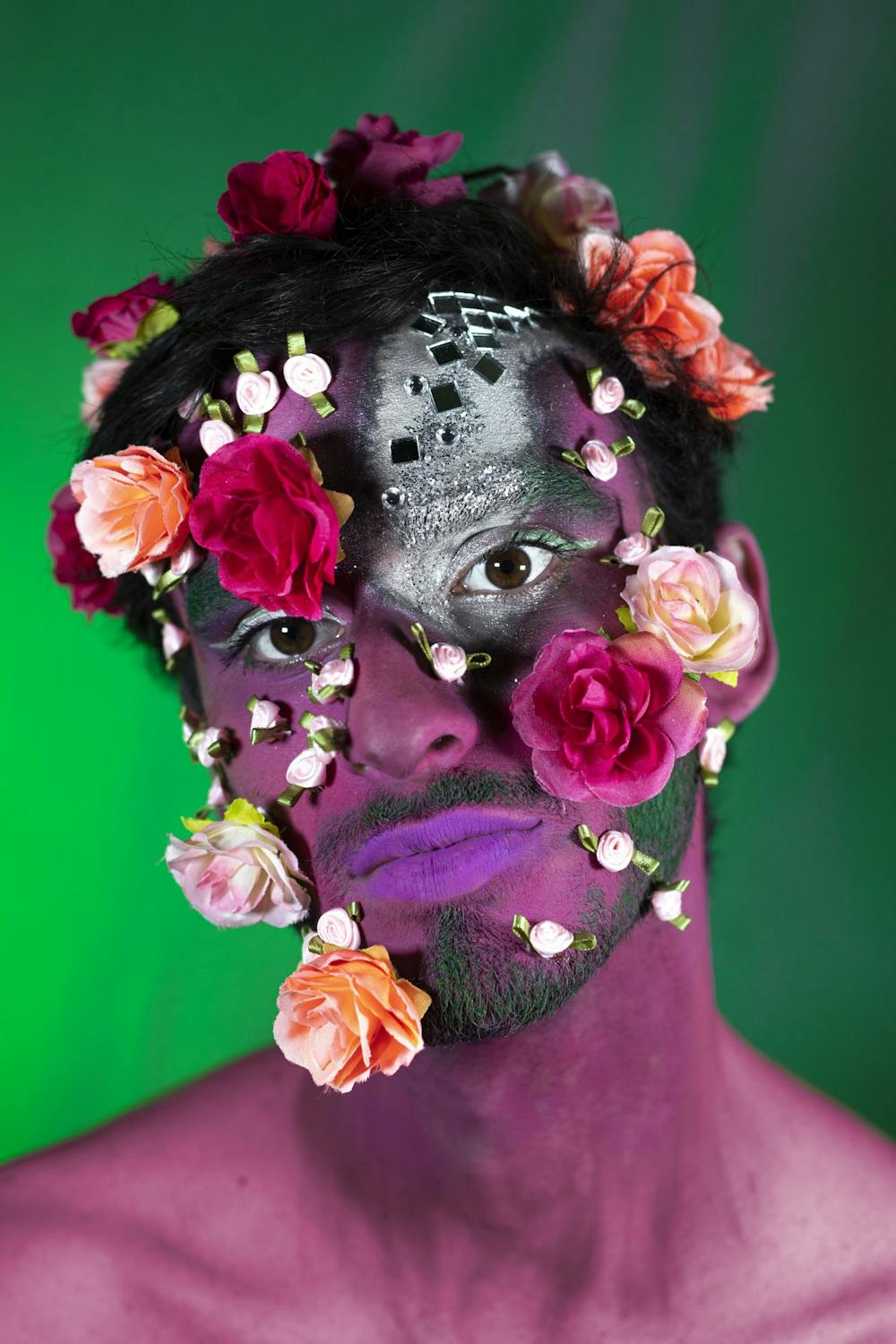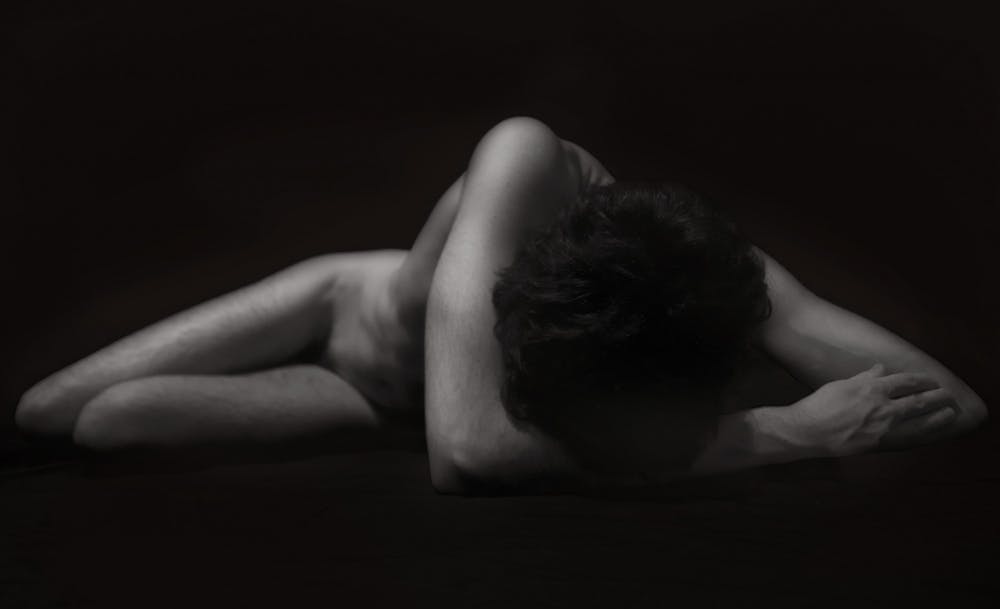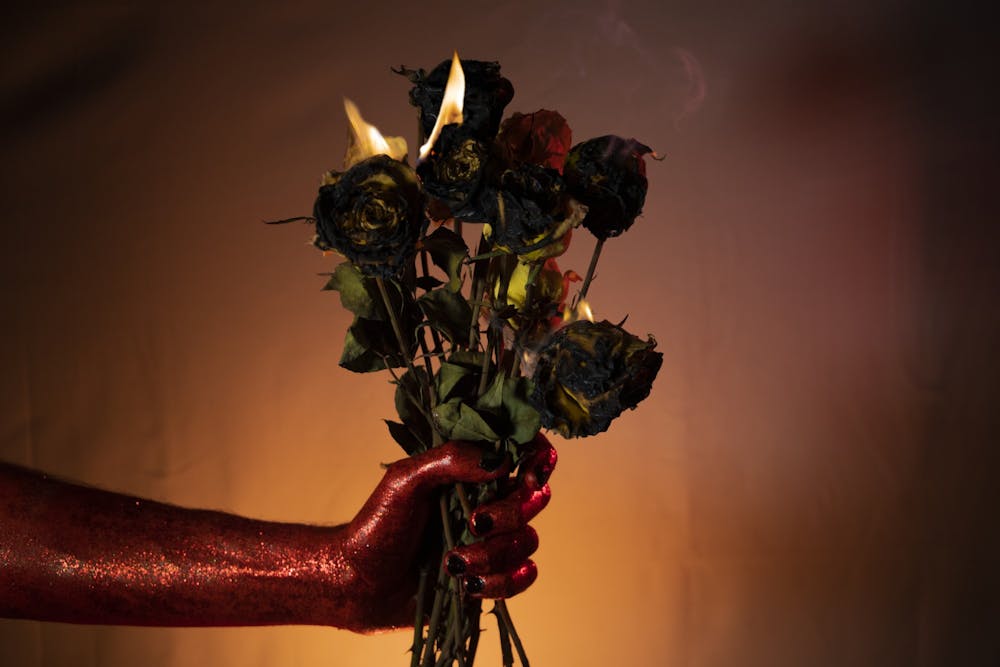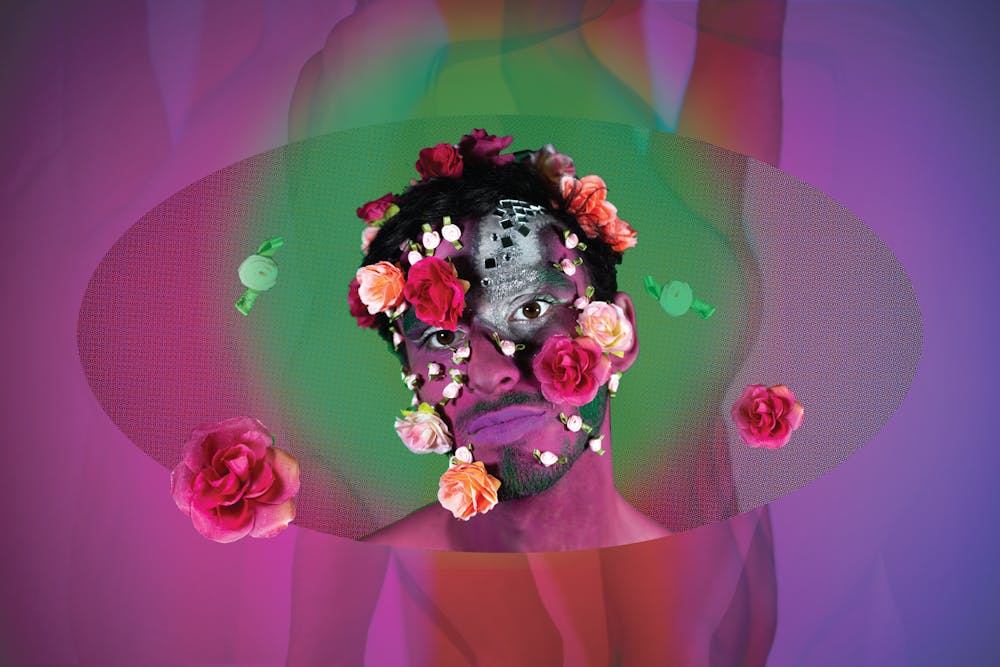Judging by his vivid, meticulously–shot photos, you’d never guess that Luca Fontes came to photography by happenstance. Yet, the College senior with a Fine Arts and Communications major only caught the bug for his chosen medium in his senior year of high school. He did “a little bit of amateur photography” as a teenager, but everything changed when he enrolled in a digital photo class. “That [was] the first time I started to think of the concepts behind photographs, to think of projects,” Luca says. Since then, it’s been up, up, and away for the Brazilian–born photographer.
At Penn, Luca took advantage of the Fine Arts Department’s study–abroad program to travel to Tokyo for an intensive, two–week shoot. The experience culminated in a group exhibition of his work, spurring Luca to commit to photography whole hog. “I saw my work on the wall for the first time,” says Luca, “and I was like: 'Okay, this is what I want to do.'” That semester, Luca declared his major in Fine Arts, and he has kept expanding his horizons from then onwards.

"Bioqueer" by Luca Fontes.
One of Luca's major projects to date has been a reinterpretation of the queer photographic canon. This exhibition involved extensive reflection. “I think as a photographer, it’s really important to know who came before me. A lot of people had to blaze the trail for me to be here,” Luca says. Delving into the work of his predecessors, Luca grappled not only with questions of remembrance and honor, but also with the issue of critical reflection. “Like it or not,” he says, “a lot of work ends up being problematic in some way. And it’s important to … acknowledge that because a lot of these people are trailblazers, but they also left a lot of other people behind.” Photography isn’t all daisies and daffodils, and Luca knows it; in his own work, he stresses the importance of social responsibility.
Luca isn’t one for idle work—in fact, he incorporates queer scholarship into much of his photography. For his series “Queer Futurities,” Luca was inspired by the work of Cuban–American academic José Esteban Muñoz. “A lot of my work,” Luca says, “has a strong base in theory behind it, because I like to be able to back [it] up.” Social responsibility remains integral to his decision–making, no matter the project. Yet, Luca makes sure to steer clear of overt messaging.

Never one to spoon–feed the viewer, Luca’s photos are laced with ambiguity. “Queer Flame,” wherein a blood–red hand holds a bouquet of burning roses, is a particularly salient example. On the one hand, the claw–like arm veers into the satanic; on the other, the touches of glitter and soft background gradient give the image an undercurrent of hope. What to make of these mixed connotations? Luca answers coyly: “I will provide you with the guidelines, but I will let you interpret it however you want.” This layered attitude is equally present throughout the rest of his work and thought.

When asked whether his work has an optimistic or pessimistic slant, Luca gives a nuanced response. He describes himself as an “optimist [who] lives in the realm of realism,” aware of the myriad implications of his work. Regarding his photos, Luca states that “they are all figments of the imagination of queer people. Yes, it’s the manifestation of your rage or anger [at] the suppression of love and … of your identity. And sometimes there’s a desire to just burn it all down, you know?” But it isn’t all doom and gloom—Luca’s work is wrought from a freewheeling, almost–giddy exhilaration with artistic production.
He lights up when discussing his current projects, which include a performance piece involving a large–scale wax candle. The process of mixing and shaping hot wax is not without mishaps, as Luca has learned. But his enthusiasm is palpable as he demonstrates how he forms the individual bricks that will make up the final structure. Luca brings this same passion to his other projects, particularly his side hobby of theater production. It is clear his photography and art will create groundbreaking waves in the canon as he continues to build his career.

